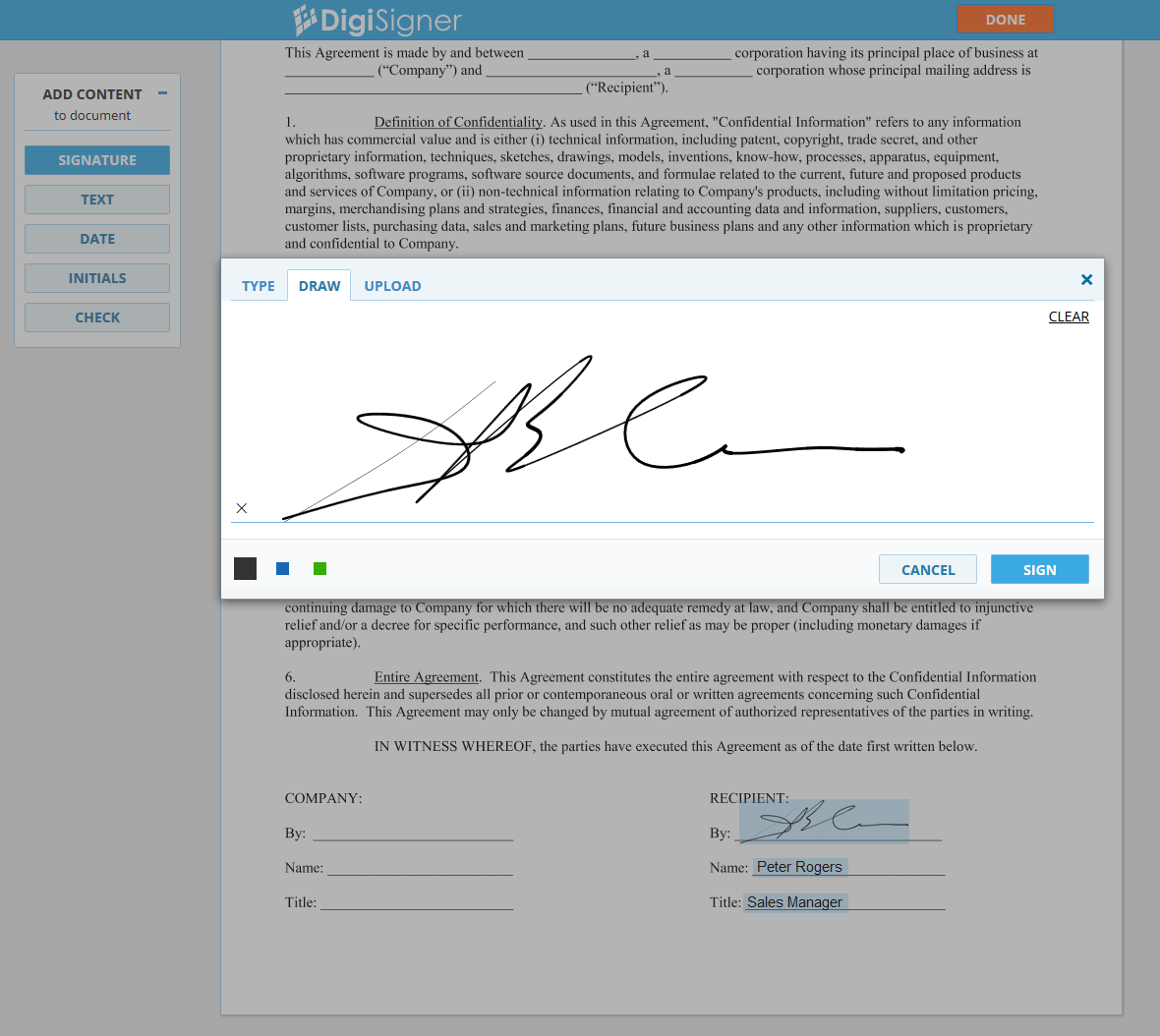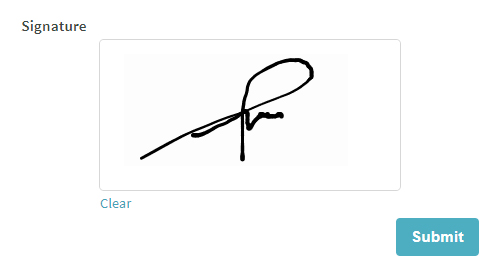
With changes in policy regarding e-signatures, gathering employee information is much faster.

Electronic signatures help traditional organizations get more organized. Without e-signatures, the future functions of healthcare - long-distance treatment, virtual hospitals, and medical e-commerce - cannot be easily achieved. By using e-signatures to shorten or skip steps in employees’ workflow, productivity rose. The time needed for signatures related to chest examinations dropped from 10 to five days. In one radiology department, the time needed to get signatures for abdominal examinations dropped from 11 to three days. For a hospital department, reducing the time it takes to get signatures from doctors, patients, and insurers is vital. Here are a few cases where electronic signatures have proven successful: Electronic signatures can fit in almost any industry, government, or legal application. As a result, e-signatures are everywhere. You use them to start a company, run an employee background check, and hire subcontractors on a construction site. Examples of different usesĪll sectors need contracts, agreements, and forms. Almost any industry can enjoy digitizing its sign-off procedures. Electronic signatures feature in every part of our lives with success. There’s much to learn from real-world examples. Others shouldn’t be able to break into that data trail and make changes. Attribution of an electronic signature needs an auditable trail of data. The phrase “in writing” can refer to a signature written electronically. Web page design, hyperlink placement, and contract terms must not be designed to confuse or mislead signers. Even if an electronic signature is on a tiny iPhone screen, the signature is still valid.

Here are the precedents from four relevant cases: Some key court cases have challenged and tested e-signature laws. Another reason for not using e-signatures is if signees aren’t computer literate.

Multiple witnesses or a notary are sometimes required, nullifying the convenience of electronic signatures delivered remotely. This might be the case for important documents and ceremonies such as adoption, divorce, and birth and death certificates. In some cases, an electronic signature is not perceived as appropriate. If electronic signatures are just as legal, why aren’t they used in every situation? Exploring the legal framework Remember that the above conditions might already be incorporated into a provider’s solution. When you satisfy these requirements, an electronic signature will be legally binding.

Most electronic signatures require you give consent before signing.


 0 kommentar(er)
0 kommentar(er)
